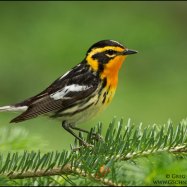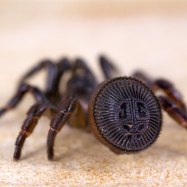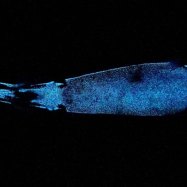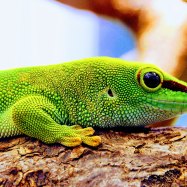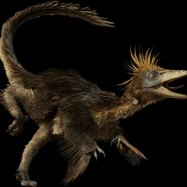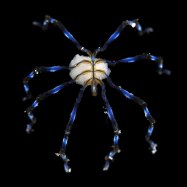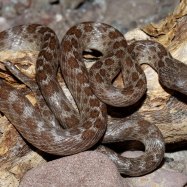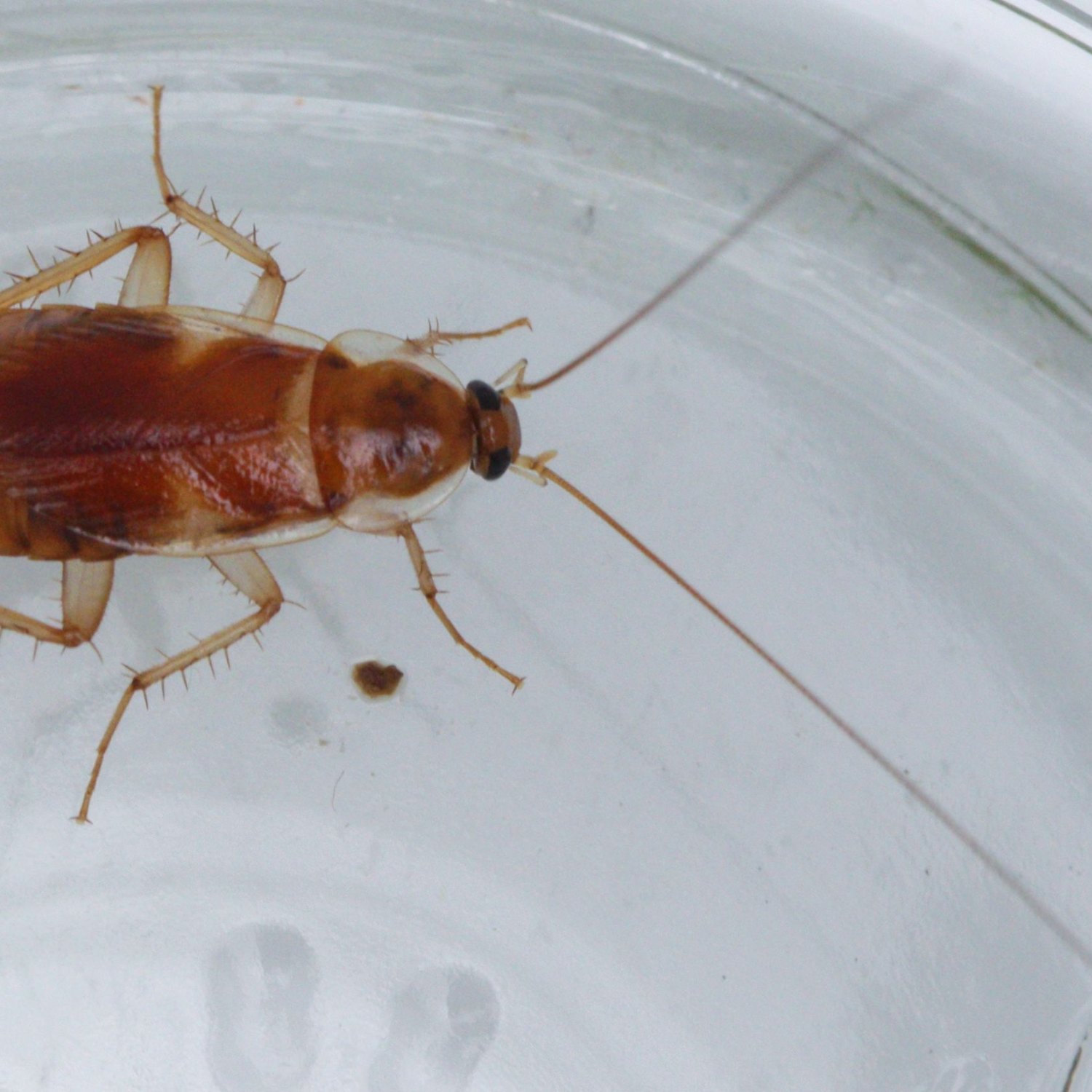
Oriental Cockroach
Approximately 1 inch
Did you know that the Oriental Cockroach, also known as the waterbug, is a common household pest? These dark brown bugs are about 1 inch long, and can be found in urban areas. They belong to the Blattidae family and have an oval-shaped, flattened body. Keep your home clean to prevent these creepy crawlers from invading. #orientalcockroach #pestcontrol #householdbugs
Animal Details Summary:
Common Name: Oriental Cockroach
Kingdom: Animalia
Habitat: Damp and dark areas such as basements, sewer systems, and crawl spaces
The Secret Life of the Oriental Cockroach: A Guide to Understanding these Mysterious Insects
Have you ever come across a shiny black or dark brown insect scurrying across your basement or crawl space? It could be none other than the Oriental Cockroach, a creature with an intriguing yet eerie presence. These household insects have remained shrouded in mystery, arousing curiosity and, at times, fear in unsuspecting homeowners.In this article, we will delve deeper into the world of Oriental Cockroaches, also known as Blatta orientalis, to understand their unique characteristics, behavior, and their role in the environment. So, sit back, relax, and let us take you on a journey into the secret life of these enigmatic creatures Oriental Cockroach.
The Basics: Taxonomy and Distribution
Before we dive into the details, let us first understand who these insects are and where they can be found. The Oriental Cockroach belongs to the Animalia kingdom and Arthropoda phylum, which includes all insects, spiders, and crustaceans. Their scientific name, Blatta orientalis, is derived from the Latin word "blatta," meaning cockroach, and "orientalis," meaning eastern or from the East.
These creatures are part of the Class Insecta, which is characterized by having three body segments, six legs, and two antennae. Oriental Cockroaches fall under the Order Blattodea and the Family Blattidae, which includes other common species such as the American Cockroach and the German Cockroach.
One of the most fascinating facts about Oriental Cockroaches is their wide geographical distribution. They can be found all over the world, making their homes in urban areas, specifically in damp and dark places. While their country of origin is unknown, they have adapted well to various climates and are now commonly found in Australia, North America, parts of Europe, and many other regions.
The Appearance: From Body Shape to Coloration
The overall appearance of Oriental Cockroaches is quite distinct and easily recognizable Oyster. They have an oval-shaped, flattened body, which allows them to fit into small crevices and cracks in walls and floors. On average, these insects measure around 1 inch in length, making them larger than other common household cockroaches.
Another distinctive feature of Oriental Cockroaches is their coloration. These insects are commonly shiny black or dark brown, which gives them a sleek and almost intimidating appearance. Their body is also covered in a glossy exoskeleton, making them able to withstand pressure and rough surfaces, allowing them to crawl effortlessly through narrow spaces.
The Perfect Habitat: Damp and Dark Areas
Now, let us move on to the most interesting aspect of these creatures – their habitat. Oriental Cockroaches are known to thrive in damp and dark areas, earning them the nickname "water bugs" or "black beetles." Unlike other cockroaches that prefer warmer and drier conditions, these insects flourish in cool, moist environments, making them commonly found in basements, sewers, and crawl spaces.
Their ability to survive in these conditions is due to their moisture-conserving exoskeleton, which helps them retain water and the tiny spines on their legs that allow them to climb up slick surfaces. Their preference for damp and dark spaces makes them difficult to spot, making homeowners only aware of their presence when infestations occur.
The Scavengers: Feeding Habits of Oriental Cockroaches
One of the main reasons these insects are feared and considered pests is their feeding habits. Oriental Cockroaches are scavengers, eating almost anything organic they can find in their immediate surroundings. This could include decaying matter, garbage, and even animal feces.
However, these insects also have a particular liking for starchy, sugary, and greasy foods, meaning they can easily be found in kitchen pantries and cabinets. While they are not known to cause any significant damage to human health, they can contaminate food and surfaces with germs and bacteria, making them a potential health hazard.
The Mystery of Reproduction and Lifespan
The reproductive cycle of Oriental Cockroaches is another mysterious aspect that has puzzled many researchers. These insects undergo a gradual metamorphosis, meaning they go through three stages – egg, nymph, and adult. The female cockroach carries the eggs within its body until they are ready to hatch, which takes around two months.
Once hatched, the nymphs go through multiple molting stages before reaching adulthood, which can take up to two years. Interestingly, Oriental Cockroaches have a diverse lifespan, with females living up to 180 days, while males have a significantly shorter lifespan of only 45 days. Considering their rapid reproduction rate, it is essential to act quickly if an infestation is suspected.
The Role in Nature: The Good and the Bad
While Oriental Cockroaches may seem like pests due to their presence in homes, they play a vital role in the environment. These insects are known to recycle decaying matter, which helps in the decomposition process and keeps the ecosystem in balance. They also serve as a food source for other animals, including spiders, lizards, and birds.
However, their feeding habits and the potential transmission of harmful bacteria cannot be ignored. Oriental Cockroaches are known to carry and spread multiple diseases, including salmonellosis, gastroenteritis, and dysentery.
The Battle Against Infestations
Dealing with an Oriental Cockroach infestation can be challenging, but not impossible. However, prevention is key when it comes to keeping these insects at bay. Regularly cleaning and decluttering damp and dark areas in the house can help minimize the chances of infestation. Fixing any water leaks and sealing cracks and crevices can also prevent these insects from entering the home.
In case of an infestation, it is best to seek professional help to eliminate these insects effectively. Natural methods such as diatomaceous earth and boric acid can also be used to control Oriental Cockroach populations, but caution must be taken when using these substances.
Conclusion
In conclusion, Oriental Cockroaches may have a notorious reputation, but there is much more to these insects than meets the eye. From their unique physical features to their role in the environment, there is still much to be discovered about these enigmatic creatures. So, the next time you spot a shiny black or dark brown insect in your basement, remember that it may just be another Oriental Cockroach going about its secretive life.

Oriental Cockroach
Animal Details Oriental Cockroach - Scientific Name: Blatta orientalis
- Category: Animals O
- Scientific Name: Blatta orientalis
- Common Name: Oriental Cockroach
- Kingdom: Animalia
- Phylum: Arthropoda
- Class: Insecta
- Order: Blattodea
- Family: Blattidae
- Habitat: Damp and dark areas such as basements, sewer systems, and crawl spaces
- Feeding Method: Scavenger
- Geographical Distribution: Worldwide
- Country of Origin: Unknown
- Location: Urban areas
- Animal Coloration: Shiny black or dark brown
- Body Shape: Oval-shaped and flattened
- Length: Approximately 1 inch
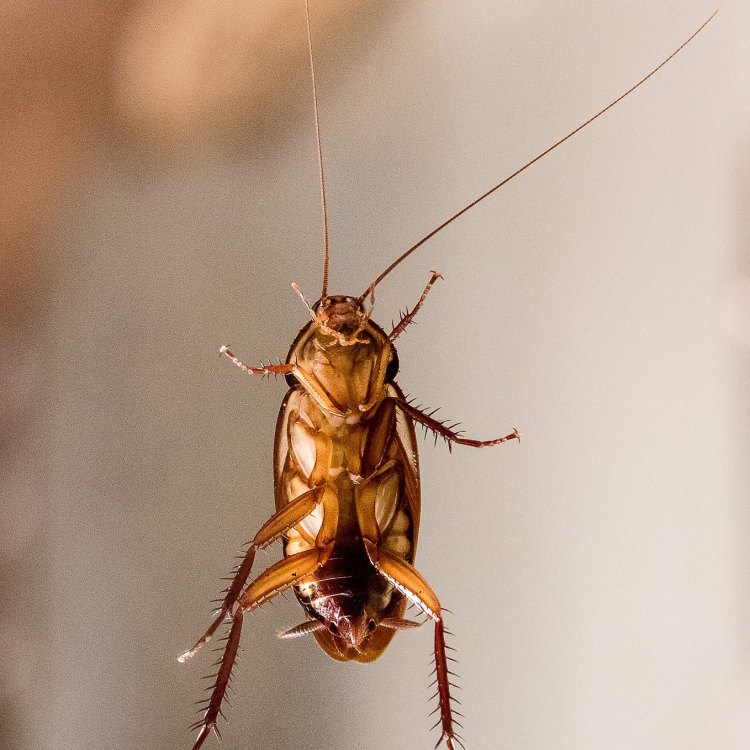
Oriental Cockroach
- Adult Size: Adult females are larger than males
- Average Lifespan: 1 to 2 years
- Reproduction: Sexual
- Reproductive Behavior: Female lays egg cases called oothecae which contain multiple eggs
- Sound or Call: No audible sound
- Migration Pattern: No significant migration pattern
- Social Groups: Not social, but can be found in large numbers in infested areas
- Behavior: Nocturnal and prefer to stay hidden during the day
- Threats: Considered a nuisance pest, but may trigger allergies and asthma in some individuals
- Conservation Status: Not applicable
- Impact on Ecosystem: Feed on decaying organic matter and help with decomposition
- Human Use: None
- Distinctive Features: Large size, glossy appearance, and the ability to move quickly
- Interesting Facts: Can survive without food for a month and without water for two weeks
- Predator: Various predators including spiders, frogs, and birds
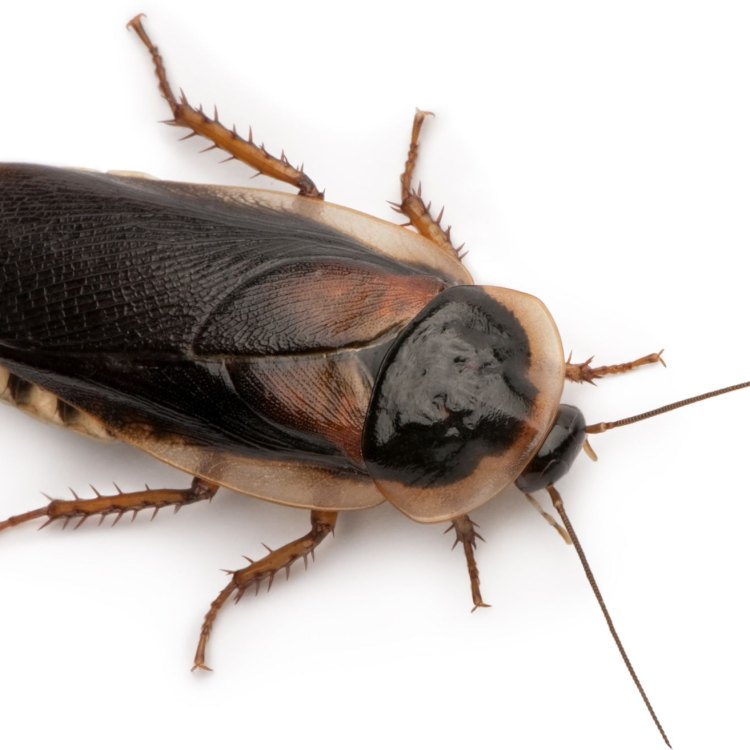
Blatta orientalis
The Fascinating World of the Oriental Cockroach: A Mighty Nuisance with Unique Superpowers
The world is full of fascinating creatures, some with extraordinary abilities that leave us in awe and wonder. One such creature that often goes unnoticed but possesses unique features and impressive survival tactics is the Oriental cockroach. This insect, also known as the waterbug or black beetle, is commonly found in dark, damp areas, and is often considered a nuisance pest. However, a closer look at this seemingly ordinary insect reveals a fascinating world of peculiarities and superpowers PeaceOfAnimals.Com.The Oriental cockroach (Blatta orientalis) belongs to the Blattidae family and is native to North Africa. However, it has spread to other parts of the world, including Europe, Asia, North America, and Australia. The name "Oriental" is a misnomer, as this species can be found in various regions and is not restricted to the Eastern world.
This cockroach species is larger than other common species and has a glossy black or dark reddish-brown appearance. The adult females are significantly larger than the males, measuring between 1 to 1.25 inches in length, while the males are only about 1 inch. However, their impressive size is not the only thing that sets them apart from other cockroaches.
Survival Tactics and Superpowers
Nature has bestowed the Oriental cockroach with unique abilities that enable it to survive in various habitats and conditions. One of its most remarkable survival tactics is its ability to go without food for up to a month and without water for two weeks Olm. This ability allows them to adapt to harsh environments and survive even when food sources are scarce.Moreover, these insects possess a remarkable reproductive system that aids in their survival. The female Oriental cockroach lays egg cases called oothecae, which contain multiple eggs. The oothecae are dark brown and measure around 8 mm in length. The eggs hatch within two months, producing nymphs that grow and molt into adults in about a year. The reproductive behavior of these cockroaches is sexual, with the male fertilizing the eggs after mating with the female.
Another impressive superpower possessed by the Oriental cockroach is its ability to move quickly. Despite their large size, these insects can move at a significant speed of up to 1.5 miles per hour. Their quickness allows them to evade predators and find food sources efficiently, making them excellent survivors.
Behavior and Habitat
Like most cockroach species, the Oriental cockroach is primarily nocturnal and prefers to stay hidden during daytime hours. These insects are primarily found in dark, damp areas, such as basements, crawl spaces, and under debris. They are also commonly found in sewers, drains, and garbage areas. Their preference for dark and moist environments is due to their poor eyesight, as they rely heavily on their tactile sensory organs to navigate their surroundings.The Oriental cockroach is not a social insect and does not live in colonies like other species. However, it can be found in large numbers in infested areas, especially where there is an abundant food source. These cockroaches are excellent scavengers and will feed on decaying organic matter, including garbage, sewage, and leftover food. While they do not pose a direct threat to humans, they can become a nuisance when they infest homes or commercial buildings.
Threats to Humans and Ecosystem
The Oriental cockroach is considered a nuisance pest, primarily because they can spread bacteria and contaminate food sources, triggering allergic reactions and asthma symptoms in some individuals. However, these roaches do not transmit diseases directly to humans and are not known to bite. The danger lies in their ability to spread bacteria and germs, making them a potential health hazard.In the ecosystem, the Oriental cockroach plays an essential role in the decomposition process. With their love for decaying organic matter, they help break down dead plants and animals, aiding in nutrient recycling. Additionally, they serve as food for various predators, including spiders, frogs, and birds, thus contributing to the food chain.
Human Use and Conservation Status
Despite their impressive survival tactics and unique features, the Oriental cockroach has no significant role in human use. These insects are not used in traditional medicine or any other practical purposes. They are also not considered a beneficial species and are not under any conservation efforts.Moreover, the Oriental cockroach is not currently listed as an endangered species and has no special conservation status. However, their population may be shrinking in some areas due to the use of insecticides and pesticides. These chemicals are known to have a harmful impact on cockroaches and other insects, reducing their numbers significantly.
Fascinating Facts and Misconceptions
Apart from their superpowers and unique features, the Oriental cockroach has several fascinating facts that often go unnoticed. One commonly known fact is that they have the ability to survive without food and water for extended periods. However, did you know that they can also hold their breath for up to 40 minutes? This feature enables them to survive in sewage systems and other areas with low oxygen levels.Another interesting fact about these roaches is that they are one of the few species that can produce a hissing sound. However, this sound is inaudible to humans and is only meant to intimidate predators. They can also run upside down on smooth surfaces, thanks to their strong claws and sticky pads on their feet.
Unfortunately, many misconceptions surround the Oriental cockroach due to its resemblance to other common species. Many people mistake it for the American cockroach, a.k.a "palmetto bug," which is often found in warmer regions. The Oriental cockroach is also confused with the German cockroach, a small cockroach species commonly found in homes and commercial settings. While these roaches may share similarities in appearance, they have distinct features and behaviors that set them apart.
In Conclusion
In summary, the Oriental cockroach may seem like just another common pest, but a closer examination reveals a fascinating world of unique features and superpowers. From their impressive survival tactics to their essential role in the ecosystem, these insects deserve more recognition and appreciation. While they may be considered a nuisance by some, they hold valuable lessons and insight into the intricate workings of nature. So let us marvel at the Oriental cockroach and its fascinating world, even if we prefer to keep our distance.

The Secret Life of the Oriental Cockroach: A Guide to Understanding these Mysterious Insects
Disclaimer: The content provided is for informational purposes only. We cannot guarantee the accuracy of the information on this page 100%. All information provided here may change without prior notice.



